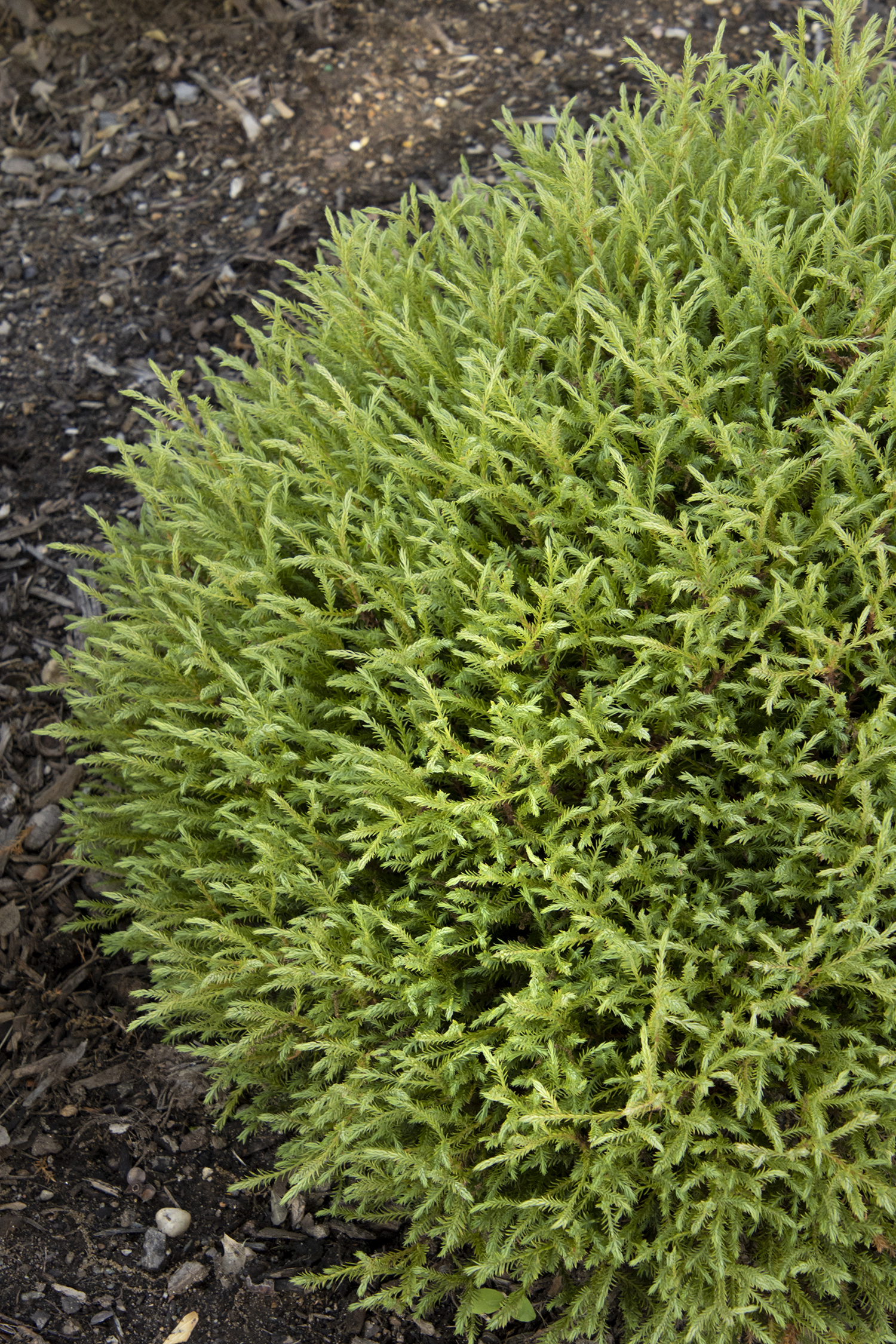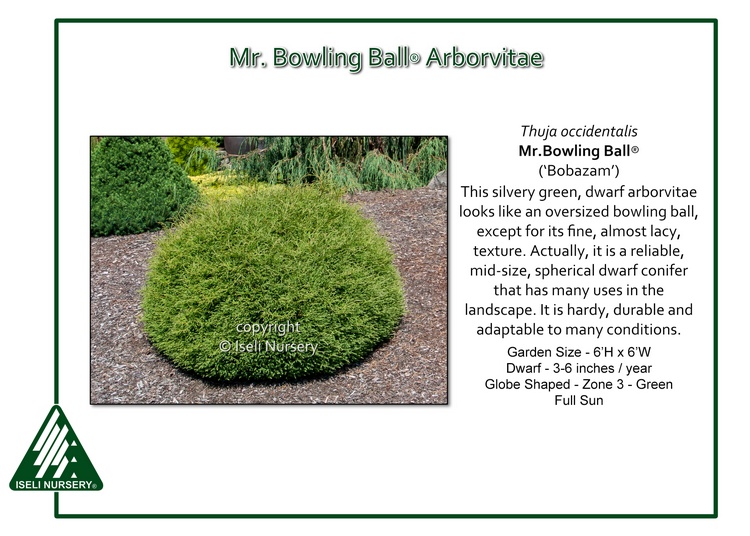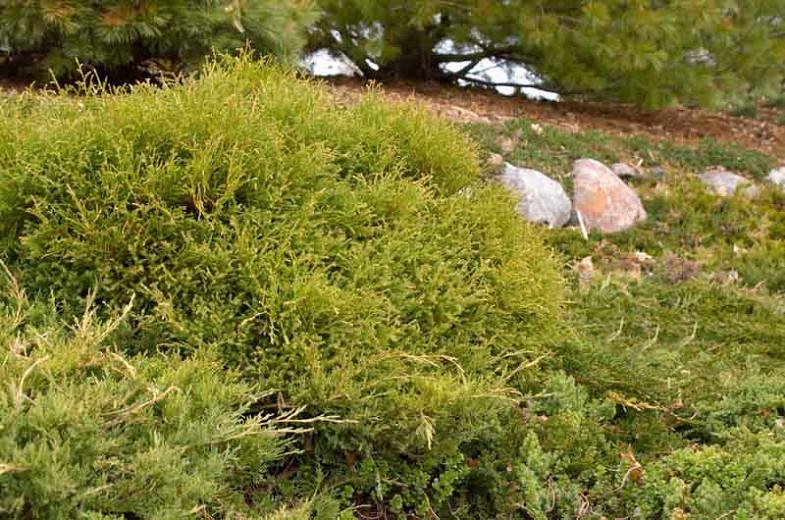Mr Bowling Ball Arborvitae Companion Plants

Bowling ball arborvitae thuja occidentalis bobozam item 2217 zones there are very few rules in gardening but perhaps the most important one is to work within your zone.
Mr bowling ball arborvitae companion plants. It fills in all the way to the ground and retains its rich green color year round. Bowling ball and many more. Arborvitae 33 lilac 74 recent searches zero g pro 2 bloomstruck endless summer hydrangea 5 spruce tree form 19 events flowers 1 search menu christmas christmas store christmas gift cards christmas trees artificial christmas trees. Bowling ball arborvitae is a dwarf conifer that is adaptable to a variety of soils and conditions including urband.
Learn more about monrovia plants and best practices for best possible plant performance. Slow growing it forms a cute little sphere and makes a pretty addition to perennial beds rock gardens and containers. Bowling ball arborvitae details and information. Companion plants we grow western oriental and american arborvitae varieties including the deer resistant green giant the popular emerald green unique colored rheingold dwarf mr.
Bobozam arborvitae grows so close to the ground that the foliage mostly covers this classic bark of the false cedar family. The lacy rich green foliage has excellent year. This dwarf arborvitae doesn t require pruning to maintain its natural rounded shape. Low maintenance makes it a favorite amongst gardeners.
Bowling ball shrub the mr. Bowling ball arborvitae is a classy addition to any landscape. They re especially useful in areas where. Bowling ball arborvitae thuja occidentalis bobazam is a hardy evergreen.
Order online today for fast delivery. Bowling ball shrub is very. Bowling ball s lacy fine textured foliage is soft to the touch. Feb 6 2016 a living bowling ball for your garden or small space mr.
Thuja occidentalis mr bowling ball american arborvitae is a dwarf evergreen shrub of compact perfectly round shape with sprays of lacy thread like blue green foliage that is soft to the touch. Choosing plants that grow and thrive in your particular climate is the very first step. Tiny cones appear in late summer but are of little ornamental interest.


















